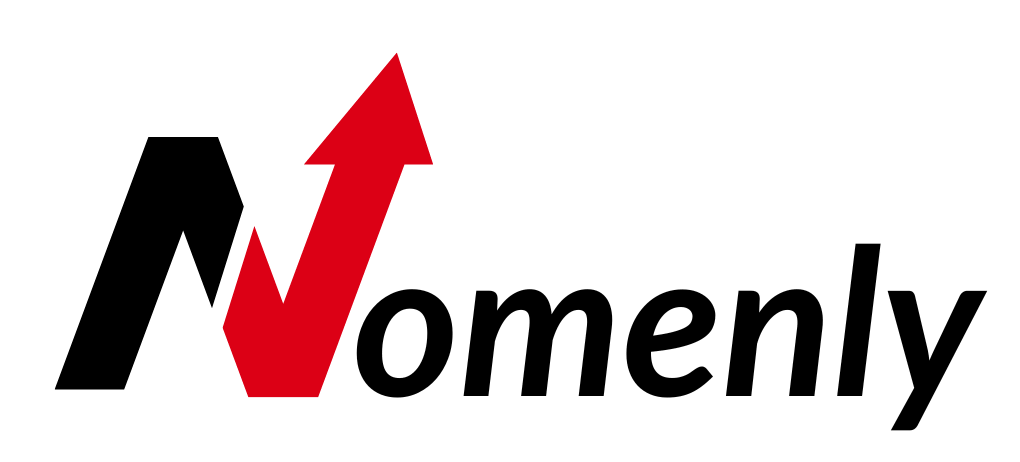Introduction
In today’s rapidly evolving work environment, the need for efficiency, security, and transparency is more critical than ever. Employee Monitoring Software has emerged as an essential tool for businesses, helping them oversee employee activities, maintain productivity, and ensure compliance. Whether managing on-site teams or remote workers, this software is revolutionizing how companies operate and monitor their workforce.
Employee Monitoring Software Overview
Employee Monitoring Software refers to digital solutions that allow businesses to track and analyze employee performance, activity, and productivity. Its role extends far beyond surveillance; it helps in optimizing workflows, securing sensitive data, and ensuring compliance with legal standards. As companies transition to hybrid or fully remote work models, the significance of this tool has grown, providing businesses with insights that enhance overall efficiency.
Key Features of Employee Monitoring Software
1. Time Tracking: This feature records the time employees spend on tasks, projects, or applications, allowing businesses to understand where resources are being allocated.
2. Screen Monitoring: Screen captures provide real-time insights into what employees are doing, offering transparency and accountability.
3. Activity Logging: This tracks keyboard and mouse activity, internet usage, and application access, ensuring employees are focused on their work.
4. Reporting: Detailed reports on employee behavior and performance help managers make informed decisions based on data-driven insights.
These features collectively enable businesses to streamline operations, address productivity bottlenecks, and foster better decision-making through clear performance metrics.
Benefits of Employee Monitoring Software
The benefits of implementing an Employee Monitoring tool extend to both employers and employees:
Increased Productivity: Employees are more likely to stay focused when they know their work is being monitored, leading to higher productivity levels.
Cost Reduction: By identifying inefficiencies, businesses can reduce operational costs associated with time wastage and low productivity.
Remote Work Management: For companies with remote teams, employee monitoring tools provide essential insights into how remote workers are spending their time, ensuring projects stay on track and helping with tracking project progress.
These benefits not only boost productivity but also contribute to a more streamlined and efficient work environment.
Compliance and Privacy Concerns
A common concern about Employee Monitoring Software is how it affects privacy and compliance. It is essential for businesses to implement monitoring ethically, adhering to data protection laws such as GDPR. Transparent communication with employees is crucial to alleviate concerns. By clearly outlining what data is being collected and why, companies can maintain trust while benefiting from the software.
Use Cases Across Industries
Various industries have successfully implemented Employee Monitoring Software to meet their unique needs:
IT and Tech: Companies use monitoring tools to track developer activity, manage project timelines, and ensure code security.
Healthcare: Clinics and hospitals employ monitoring software to protect sensitive patient data and optimize workflow efficiency.
Call Centers: These businesses rely on time tracking and activity logging to measure employee performance and customer satisfaction.
In these scenarios, Employee Monitoring Software proves invaluable in tracking progress, ensuring security, and optimizing time management.
Choosing the Right Employee Monitoring Software
When selecting an Employee Monitoring tool, businesses should consider:
Scalability: Does the software grow with your business needs?
Integrations: Ensure the tool integrates with other software like project management or payroll systems.
User-Friendliness: A simple interface ensures quicker onboarding and adoption by employees.
Careful consideration of these factors will help in choosing the right solution tailored to specific business requirements.
Best Practices for Implementation
Successfully implementing Employee Monitoring Software requires careful planning and clear communication:
1. Educate Employees: Make sure your team understands why the software is being implemented and how it benefits them.
2. Define Clear Policies: Establish clear guidelines about what will be monitored and ensure all employees are informed.
3. Regular Feedback: Use the data to offer constructive feedback to employees, helping them improve their performance.
This collaborative approach will encourage a smooth transition and foster a positive work culture.
Trends and Future Outlook
The future of Employee Monitoring Software looks promising, with emerging technologies such as artificial intelligence (AI) and machine learning (ML) set to enhance its capabilities. AI-driven analytics could provide deeper insights into employee behavior and productivity, while cloud-based solutions offer better scalability for businesses of all sizes. As work environments continue to evolve, this software will remain pivotal in helping businesses adapt to new challenges.
Conclusion
Employee Monitoring Software has become an indispensable tool for modern businesses. Its ability to boost productivity, ensure compliance, and manage remote workforces makes it a must-have in today’s work environment. By choosing the right solution and implementing it ethically, businesses can reap the benefits while maintaining employee trust and satisfaction. Furthermore, the software plays a critical role in tracking project timelines and ensuring that teams stay on track.



